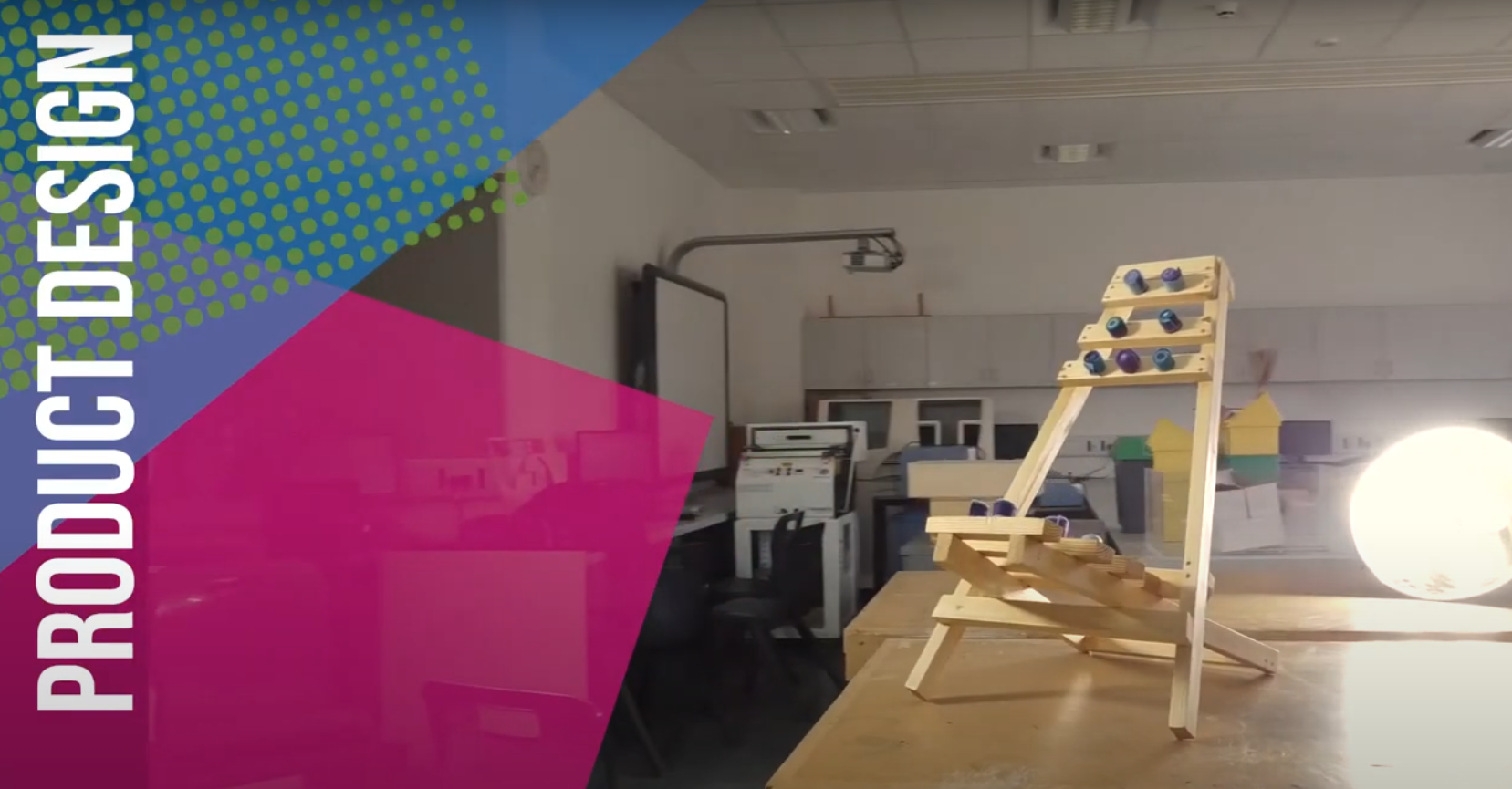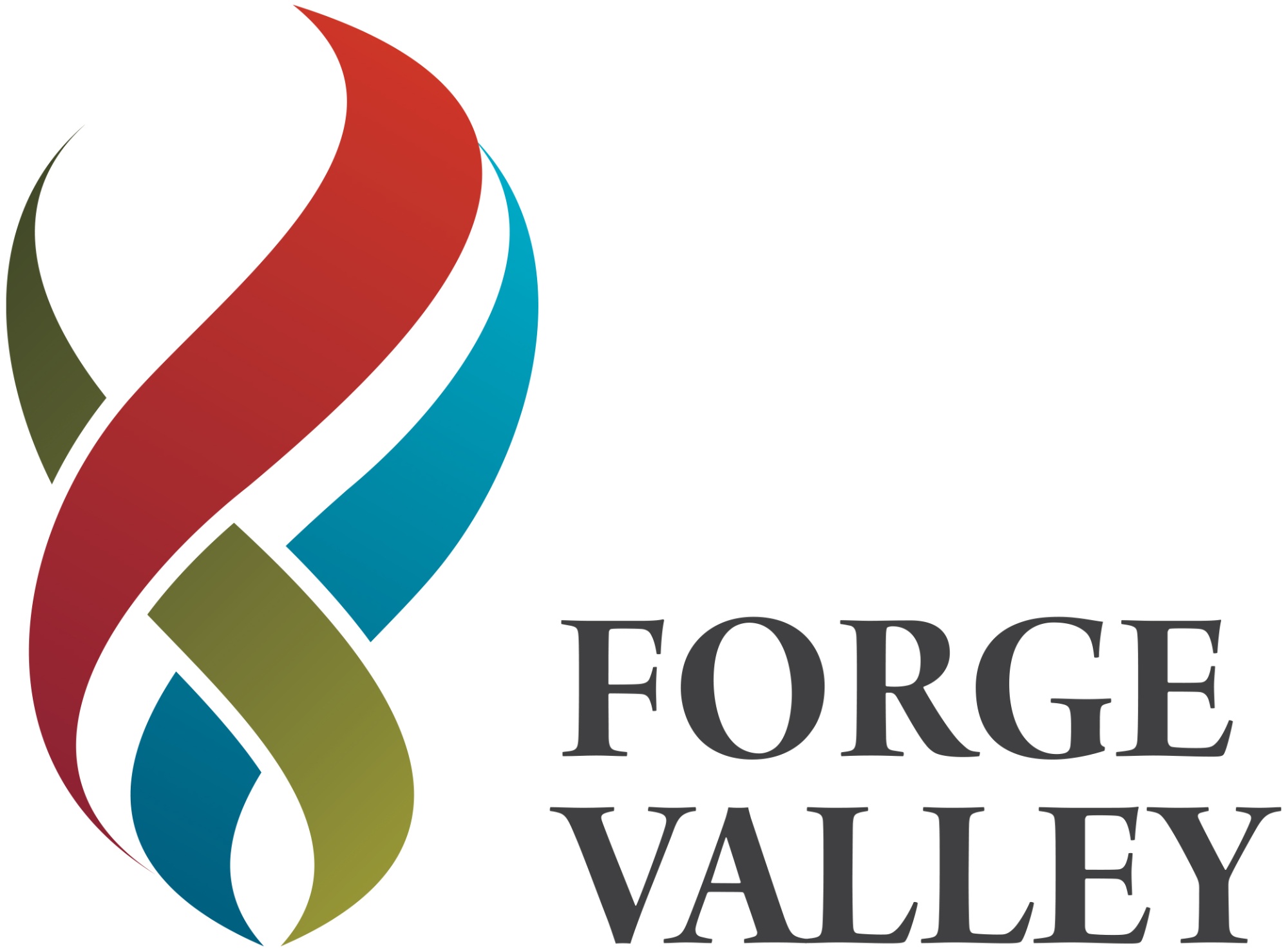Product Design (A Level)

Design is concerned not just with making an object...but as importantly with making choices, choosing what we use, choosing how to live.
Design Technology is an inspiring rigorous and practical subject. The course creators worked closely with higher education and industry to ensure that the direction of the qualification supports progression beyond A Level.
There is a focus on ensuring the content reflects authentic practice, giving an insight into the ways the creative manufacturing industries function.
Future Opportunities
You will gain skills that are useful in a wide range of jobs, in further study of design or engineering , and in your personal life develop decision-making skills, including the planning and organisation of time and resources when managing a project.
You will build and develop on your knowledge and understanding from GCSE whilst also having the freedom to focus more on areas of design and technology that most interest you. This allows access to a range of future career aspirations in the design and engineering industries, leading to future careers in:
- Product design
- Engineering
- Architecture
- Fashion and graphic design.
What are the entry requirements?
Five or more GCSEs Grade 9-4 or equivalent, including 4 in English and 5 in Maths. Minimum of Grade 5 in Design and Technology GCSE or equivalent Level 2 qualification.
What will I study?
During the two-year course, you will study a range of materials. You will develop a technical understanding of how products function and how they are made to appropriately support the design and manufacture of your own design solutions. You will learn about:
- Wider design principles and the effect of design on users and the world we live in
- Identifying market needs and opportunities for new products
- Initiating and developing design solutions, making and testing prototypes/products
- How a product can be developed through the stages of prototyping, realisation and commercial manufacture.
You will develop a critical mind through enquiry and problem-solving, exploration, creation and evaluation of iterative designs. We encourage freedom in approaches towards designing and making so as not to limit the possibilities of project work or the materials and processes being used.
The course content requires you to apply mathematical and scientific knowledge, understanding and skills. This content reflects the importance of Design and Technology as a pivotal STEM subject.
How will I be assessed?
You will be assessed through a mixture of exams and an Iterative Design Project. The project will require you to undertake a substantial design, make and evaluate the project.
A non-examined ‘Iterative Design Project’ is a substantial design, make and evaluate project centred on the iterative processes of explore, create and evaluate. It is worth 50% of the A Level qualification. You will be required to identify a design opportunity or problem from a context of your own choice, and create a chronological portfolio supported by real–time evidence of your project development. Innovative approaches will be required resulting in a final prototype that can be tested against the user and the market.
The ‘Principles’ examination paper is worth 26.7% (80 marks) of the A Level qualification and assesses analysis of existing products, technical knowledge and understanding of materials, product functionality, manufacturing processes and techniques and allows you to demonstrate your understanding of design thinking and wider social, moral and environmental issues that impact on the design and manufacturing industries. The paper is 1 hour 30 minutes long.
The ‘Problem Solving’ paper is worth 23.3% (70 marks) of the A Level qualification and requires learners to apply their knowledge and understanding through higher level thinking skills, reflecting on the viability of products and possible design solutions in context and being able to make critical judgements on the most appropriate methods and outcomes. The paper is 1 hour 45 minutes long.
FAQ
What is the average class size?
8-12 students
Are the teachers specialists in the subject area?
Currently the course is taught by the subject leader who has a degree specific to Design Technology and a teacher who has an MA in architecture. Staff across the Tapton trust regularly meet up to share resources and expertise.
What other subjects compliment this course?
The OCR content requires you to apply mathematical and scientific knowledge, understanding and skills. This content reflects the importance of Design and Technology as a pivotal STEM subject.
Will studying this subject allow me to go to university?
Yes, you will gain skills that are useful in a wide range of jobs, in further study of design or engineering and in your personal life develop decision-making skills, including the planning and organisation of time and resources when managing a project.
What careers can the subject lead to?
You will build and develop on your knowledge and understanding from GCSE whilst also having the freedom to focus in more depth on areas of design and technology that most interest you. This allows access to a range of future career aspirations in the design and engineering industries, leading to future careers in product design, engineering, architecture, fashion and graphic design; it will develop your design and thinking skills that open up a world of possibility, providing the tools to create the future.
